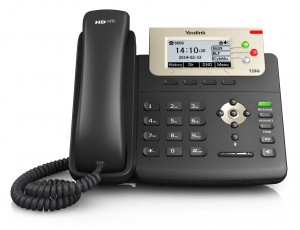For the love of workers everywhere, the answer is no
When the open office movement began, many saw it as an opportunity to promote collaboration, to increase productivity, and to remain competitive in a fast-paced global economy. Across the country, cubicle cities were destroyed in favor the New Office Order.
Some revolutions, like the open office concept, fall flat. All that was promised didn’t happen because the change agents failed to realize one key piece: all workers – and, therefore, work styles – are not created equal.
The open office lost its focus
The driving force behind open space design is to create greater opportunities for collaboration. While that certainly does occur, work that requires more focus is often sacrificed – and that, in turn, decreases productivity and lessens employee satisfaction.
A study from Genlser found that workplace performance actually fell 6%. Workers in that same study report more time trying to focus and a decrease in collaboration.
Another study from the University of Sydney had similar results. Workers reported that distraction, mostly from noise level, made it difficult to be productive and found that collaboration was not worth the stress and bombardment of noise.
Distractions in the office cause a ripple effect
As the level of noise increases – side conversations, group work, phone calls – other negative factors begin to appear.
- 31% of employees report having to leave the office in order to get work completed.
- Open space office seems to cause an increase in stress, personal conflicts, blood pressure, and staff turnover. This translates into more sick days being used.
- The open environment breeds distrust. The lack of privacy increases concerns that managers can keep tabs on what and how people are working, while competition for a coveted office with walls and a door is cutthroat.
Don’t rebuild those cubicles just yet
There’s a tendency to always let the pendulum dictate how to proceed. Either it’s all this way, or all that way. Very often, the middle ground is forgotten.
It’s the same thing with office design. A total open space design is filled with negatives – but so too is the cubicle concept. Could there be solutions that respect the positives and address the negatives of both office ideologies? Of course, there are.
Smart office design, one that incorporates building materials and floor plans to meet the work style and task needs, is a great place from which to start. For example, there is a wide assortment of stylish design elements that can create privacy and absorb and manage noise.
Similarly, small group areas for breakout work can minimize distractions in the larger open space, while more private areas are ideal for work that requires focus. The ultimate goal is to provide staff members with options on how they can best achieve a successful and productive day at work.
Keeping your office connected
No matter if an office space is wide open, full of cubicles, or somewhere in the middle – or if staff is in-house or in-the-field – clear and reliable communication is a must.
At CallSprout, we specialize in designing affordable communication systems that meet all of the current and changing needs of your business. Our list of services includes video, voice, and fax services for desktop, web, and mobile uses. Fill out our convenient form to see how exactly how much you can save.






